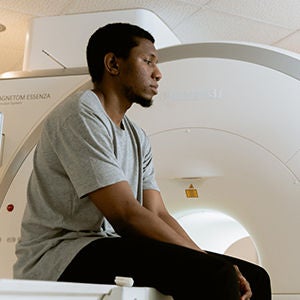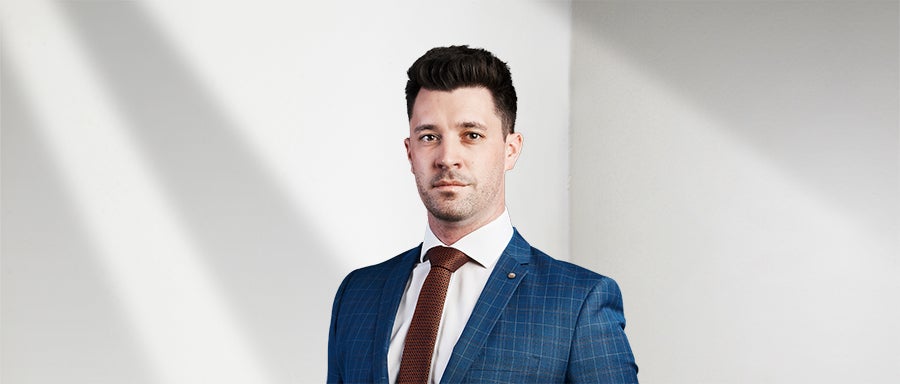Important Update on Engineered Stone (July 1st 2024)
On July 1st, 2024, Australia made a landmark decision to ban the production, supply, and use of engineered stone products due to the significant health risks associated with silica dust exposure. This vital step, driven by community advocates and the trade union movement, aims to prevent new cases of silicosis - an incurable but preventable lung disease. However, without continued vigilance, thousands of Australian workers may still be diagnosed with silicosis in their lifetime. Existing safety laws need further strengthening to ensure these workers are adequately protected.
What is silica dust?
Silica dust is created when a material containing crystalline silica is cut, drilled or ground. The dust particles are small and difficult to see.
Silica is found in common materials like natural stone, sand, concrete and mortar. These materials are used to make composite or engineered stone for benchtops. This practice has now been banned in Australia, but many such benchtops remain in place. Silica can also be found in tiles, bricks and some plastics. The Australian ban on engineered stone underscores the severe health risks posed by silica dust and aims to reduce the incidence of silicosis.
What is silicosis?
Breathing in silica dust particles can cause diseases such as silicosis. Silicosis is a debilitating and incurable lung disease. It causes scarring of the lungs and advanced symptoms include chronic and severe breathlessness, chronic immobility, oxygen dependence and organ failure.
Affected industries
- Mining
- Construction
- Quarrying & Tunnelling
- Brick, concrete or stone cutting
What the research tells us: Curtin University report
New modelling from Curtin University predicts 10,000 Australians will develop lung cancer in their lifetime from being exposed to silica dust.
Silicosis had been very rare in Australia but the increased use of engineered stone in kitchen benchtops drove a re-emergence of the disease. For this reason, the installation of new engineered stone benchtops was banned in 2024.
Urgent policy reform is needed to protect Australian workers
Achieving outcomes for our clients is always our focus, but we also work to prevent harm for all workers. We know we need stronger laws to reduce the level of harm caused to miners, tunnelers and workers who are exposed to silica dust.
The actions required include:
1. Ban imports and manufacturing of engineered stone (containing high-quartz) - DONE
The legislation banning the production, supply, and use of engineered stone products as of July 1st, 2024, is a significant step forward.
2. Control current exposures through regulation
Controlling exposures starts at the workplace. Regulatory change is needed, including licensing schemes for engineered stone, regulation for processes including building, construction, tunnelling and mining.
3. Active compliance and enforcement
Active oversight and enforcement of regulations is needed to prevent exposure, enable detection of disease, and review of effectiveness of interventions and support for ill workers.
4. Effective support for ill workers
Workers who are exposed to dust and develop silicosis and other related chronic illnesses currently have little long-term income support and health monitoring under the workers' compensation schemes. Many areas for improvement have been identified, which would provide financial stability for affected workers and their families.
Meet our inspiring silicosis clients
Hear from some of our brave silicosis clients as they speak with Principal Lawyer, Jonathan Walsh, about their experience with silicosis and why they're helping to champion the fight for change.
Content warning: Information provided in these stories may be distressing for some viewers. Please navigate with care.
- Kyle's story
- Jo's story
- Shane's story
- Tony's story
- Josh's story
Kyle's story
Kyle's story: The deadly disease killing young Australians
“I worked on the tools for a company doing kitchen benchtops, bathroom vanities and reception desks. I initially got tested after one of my apprentices said he got tested and he had it. I had been working in the industry longer than him, so I got tested and the result was positive. I was given five to eight years to live.”
- Kyle, stonemason
Jo's story
Jo's story: Silicosis is not just a tradies' disease
"I worked at a quarry, I worked in admin and I did purchasing - so that would be purchasing safety equipment, PPE, anything for the plant. I would do all the safety meetings with my manager. I ran them all the time. I would do safety with neighborhoods... I was pretty disappointed that I had no idea that I was working environment that had crystalline silica dust everywhere... How did I not know about how bad crystalline silica dust is. No one in the Quarry knew what crystalline silica dust is."
- Jo, administration worker
Shane's story
Shane's story: The devestating illnesses linked to silica dust exposure
"I was diagnosed with silicosis, and from the next progression of that I've got Progressive Massive Fibrosis, emphysema, silica-induced emphysema, and also I have rheumatoid arthritis, autoimmune disease, which is connected to silicosis. My life before that was, you know, I was physically pretty strong and active. So this has progressed over many years, I didn't know I had it for years and years... I was on the zimmer frame at the end there before I had the [hip and knees] replacement, I was only 44 years old."
- Shane, tunnelling and mining
Tony's story
Tony's story: Inadequate PPE in mines
"The dust masks that were available weren't adequate, they were only paper filter. Some of the truck drivers had filtered masks, but most of the time when you were on the air leg, the sweat, the spray of the water coming back on you, the paper masks just weren't adequate to suppress the dust."
- Tony, miner
Josh's story
Josh's story: There's no safe silica dust
"My diagnosis is chronic silicosis. I only found out about silica in 2019. I worked as a stonemason for 17 years. In that time, my son has also done the stonemason trade. I tell him to be safe always, have your PPE on... Wash yourself down before you take your mask off. I am worried about my son working in the industry... the dust gets caught on your clothing, in your hair, and then you take it home with you... you can't work with it safe."
- Josh, stonemason
Contact our team of experienced silicosis lawyers for advice
Leave your details below and one of our team will be in touch. If you need to speak with us sooner, call us on 1800 111 222.
Office locations
We’re here to help. Get in touch with your local office.
Select your state below
- VIC
- QLD
- NSW
- WA
- ACT
- SA
- TAS
- NT
We have lawyers who specialise in a range of legal claims who travel to Australian Capital Territory. If you need a lawyer in Canberra or elsewhere in Australian Capital Territory, please call us on 1800 675 346.
We have lawyers who specialise in a range of legal claims who travel to Tasmania. If you need a lawyer in Hobart, Launceston or elsewhere in Tasmania, please call us on 1800 675 346.








/jonathan-walsh_qld_300x300px.jpg)

/MBL_SallyWeir_2021-12-21_300x300px.jpg)

/MBL_TimMcGinley_2021-12-21_300x300px.jpg)
